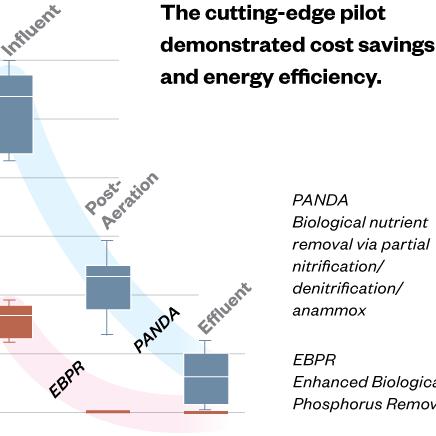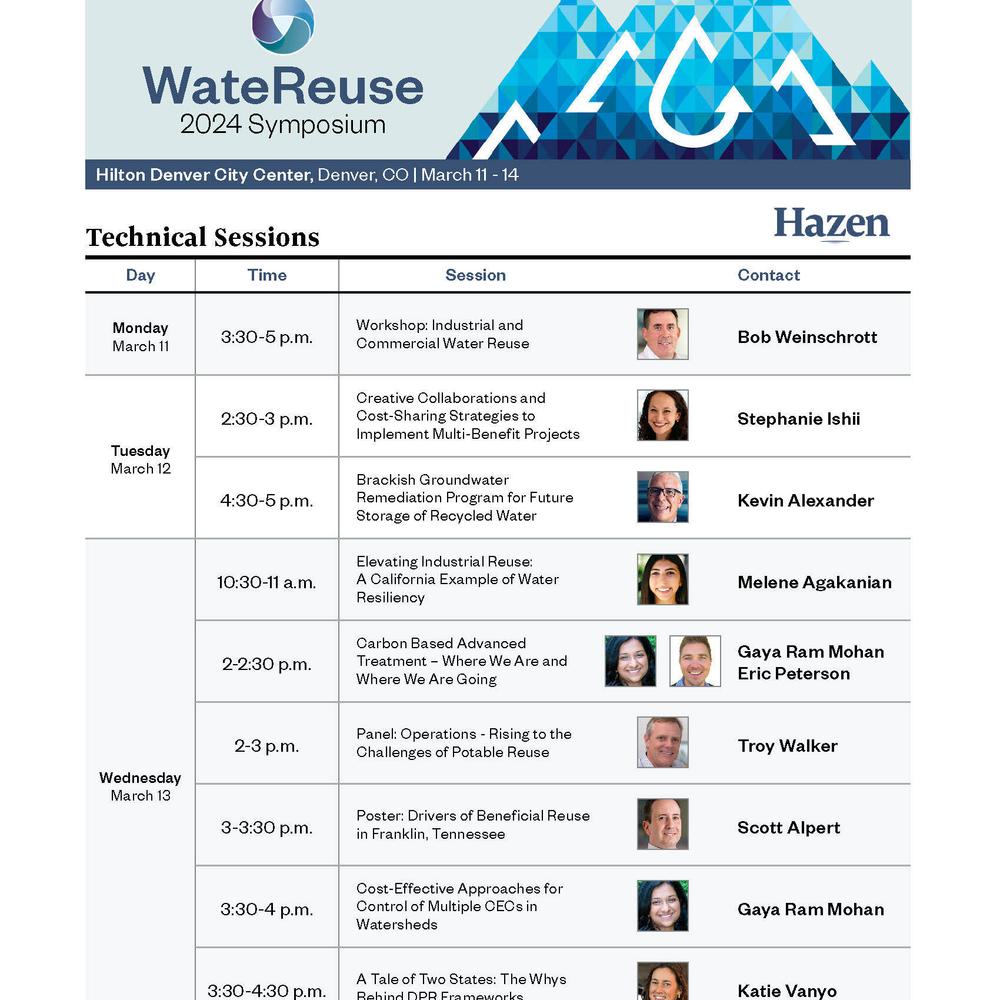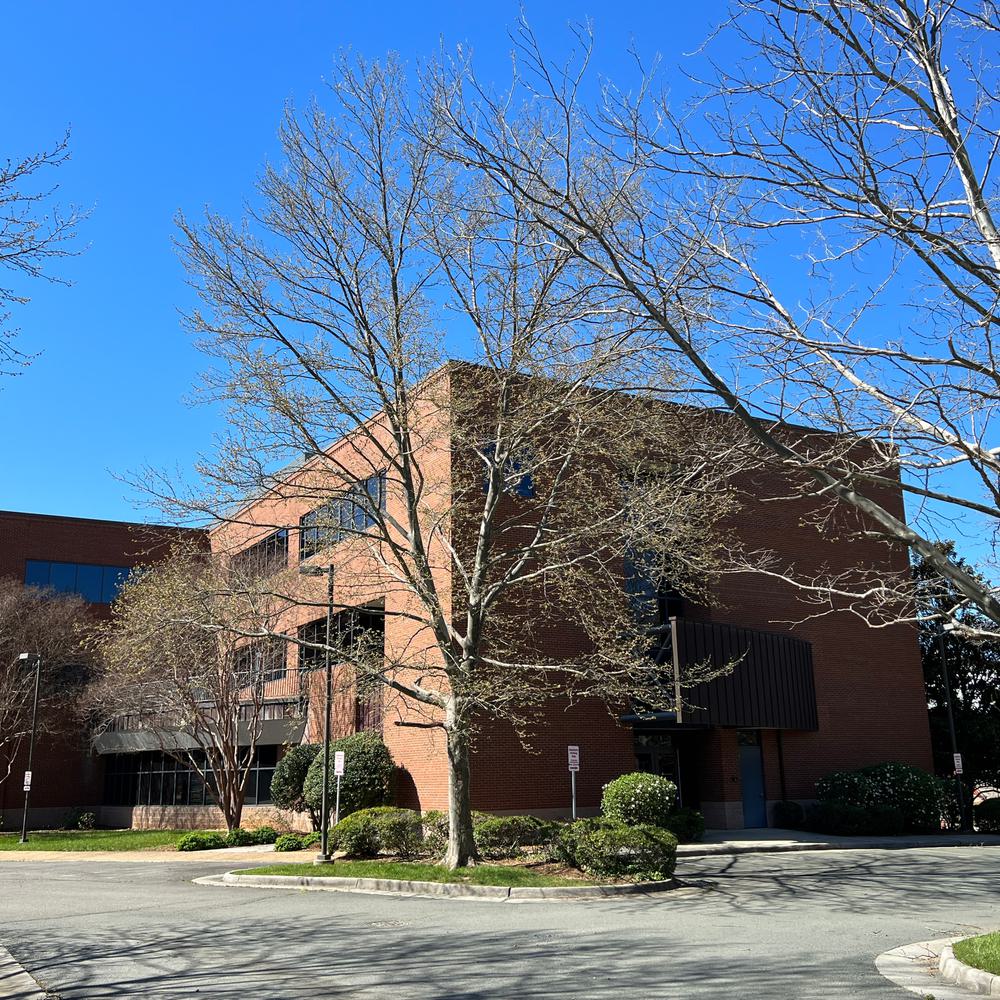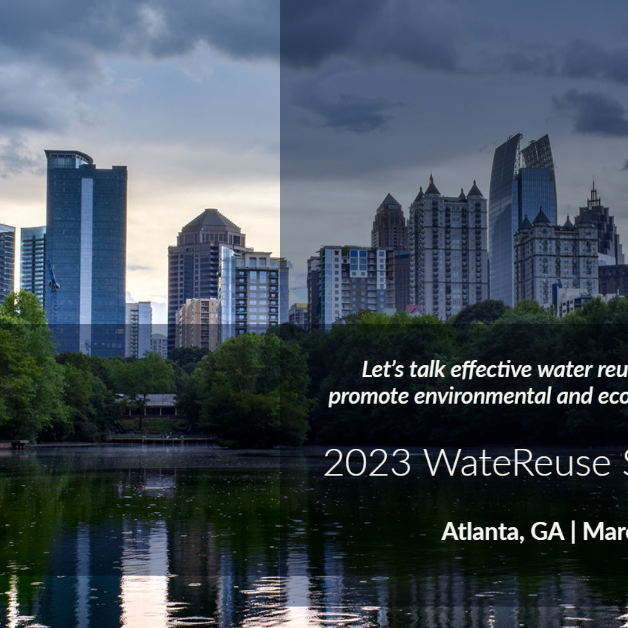MBR Operation and Maintenance: Lessons Learned from an Operator’s Perspective
Successful operation of a submerged membrane bioreactor system requires the seamless operation of every unit process upstream of the membrane bioreactor process, as the performance of the pretreatment and activated sludge systems will directly affect the performance of the membrane system. Submerged membrane bioreactors will provide a consistent and low turbidity effluent if proper operation and maintenance practices are followed.
Related Topics:

This paper will provide an operator’s perspective on operation and maintenance (O&M) issues and strategies associated with submerged membrane bioreactor facilities, including a “lessons learned” perspective from operators of in-service MBR facilities. The similarities and differences between MBR systems and conventional activated sludge systems will be compared. Additionally, strategies for MBR initial start-up and commissioning, normal operation, membrane tanks in standby mode, and MBR process impacts will also be discussed.
Proper maintenance is a key component to longevity of a MBR system. Maintenance issues are broader than for conventional facilities, as membrane cleaning, membrane storage and handling, instrument calibration, and identifying and replacing damaged membranes occupy a considerable amount of the maintenance budget. Several “lessons learned” issues that will be discussed include foaming issues, membrane air scour control, membrane removal, energy dissipation, and training. Consideration of operation and maintenance issues early in the design process will result in longer membrane life, a consistently high quality effluent, fewer emergencies, and minimal maintenance problems over the life of the facility. The work presented in this paper is a synopsis of the author’s lead participation and authorship of Chapter 7 (MBR Operation) in the Water Environment Federation’s Membrane Bioreactors Manual of Practice No. 36.











